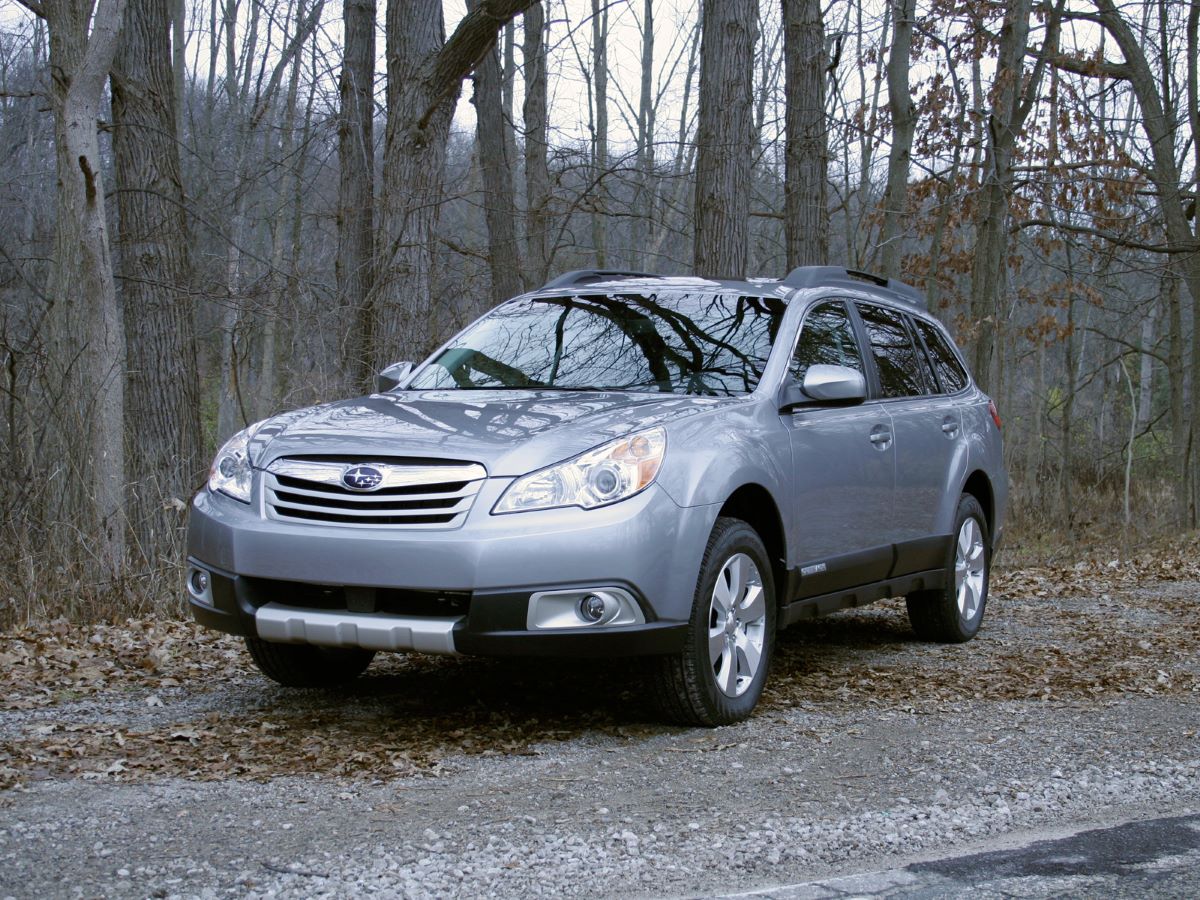Temperature extremes represent one of the most challenging tests for automotive engineering, pushing vehicles to their operational limits in ways that reveal fundamental differences in design philosophy, component quality, and engineering excellence.
When temperatures soar to 120°F (49°C) or plummet to -30°F (-34°C), cars face a gauntlet of mechanical stresses that can expose weaknesses in everything from engine cooling systems to electronic components, fuel delivery mechanisms, and even basic materials science.
The ability to function reliably across this 150-degree temperature range isn’t just about comfort; it’s about survival, safety, and the difference between reaching your destination and being stranded in potentially life-threatening conditions.
Some vehicles rise to this challenge through meticulous engineering, robust component selection, and comprehensive testing protocols that account for extreme environmental conditions. Others, despite their merits in moderate climates, reveal critical vulnerabilities when pushed beyond their comfort zones.
This comprehensive examination explores ten vehicles that represent the spectrum of extreme weather performance: five automotive champions that thrive in both scorching heat and bitter cold, and five that struggle or fail when temperatures reach these extremes.
Understanding these differences can inform crucial purchasing decisions for those living in or traveling through regions where extreme weather isn’t just occasional it’s a way of life.
5 Cars That Master Extreme Weather
These exceptionally engineered vehicles feature robust thermal management systems and precision-manufactured components that maintain optimal performance across extreme temperature ranges without compromising reliability or functionality.
Their thoughtful engineering includes reinforced cooling systems and cold-weather starting mechanisms that resist the stress concentrations typically created by thermal expansion, contraction, and the demanding operating conditions found in both desert heat and arctic cold.
From radiator designs that efficiently dissipate heat during scorching summer days to battery systems that deliver consistent power in subzero conditions, these remarkable automobiles continue operating like new without developing performance degradation or mechanical failures.
Owners report consistent year-round operation with these climate-resilient machines, an often-overlooked engineering achievement that proves its worth through unwavering performance regardless of environmental extremes.
These vehicles showcase meticulous attention to material selection and component testing under severe temperature stress, resulting in systems that naturally adapt to environmental challenges without requiring specialized modifications.
1. Toyota Land Cruiser
The Toyota Land Cruiser stands as perhaps the most legendary example of automotive resilience in extreme weather conditions, earning its reputation through decades of proven performance in the world’s harshest environments.
From the scorching deserts of the Middle East to the tundra of northern Canada, the Land Cruiser has demonstrated an almost supernatural ability to continue operating when other vehicles surrender to temperature extremes.
In extreme heat conditions reaching 120°F, the Land Cruiser’s cooling system represents a masterpiece of thermal management engineering. The vehicle features an oversized radiator with multiple cooling zones, complemented by a high-capacity cooling fan system that can move enormous volumes of air even at idle.
The engine block itself is constructed from cast iron rather than aluminum, providing superior heat dissipation and thermal stability under extreme stress.
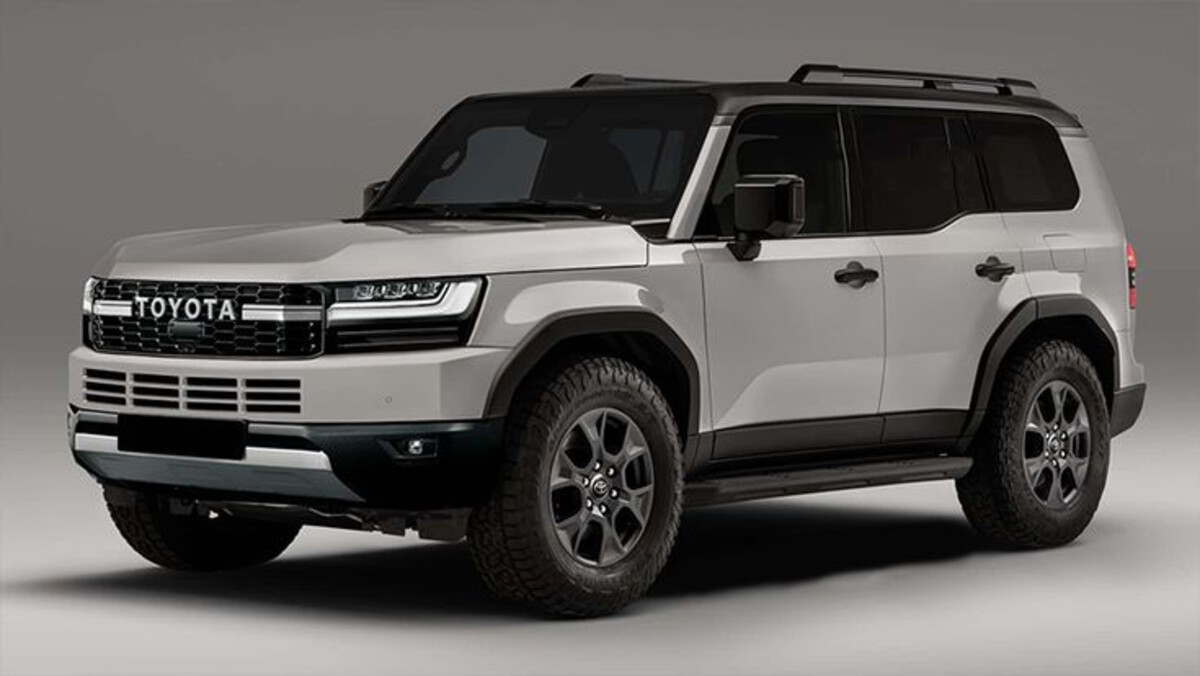
The transmission cooler is similarly oversized, preventing the automatic transmission fluid from breaking down even during extended operation in desert conditions.
The Land Cruiser’s fuel system includes a sophisticated vapor recovery system that prevents fuel line vapor lock, a common problem in extreme heat that can leave vehicles stranded.
The fuel pump is designed to maintain consistent pressure even when gasoline expands significantly in high temperatures, and the fuel tank includes internal baffles that prevent fuel starvation during extreme off-road conditions combined with high heat stress.
Perhaps most importantly, the Land Cruiser’s construction quality ensures that rubber seals, gaskets, and other temperature-sensitive components maintain their integrity across the full temperature spectrum.
The vehicle’s legendary reliability isn’t just about the engine; it’s about every system working in harmony regardless of environmental conditions.
Also Read: 5 Sedans With the Best Biometric Entry and 5 With Only Key Fobs
2. Mercedes-Benz G-Class
The Mercedes-Benz G-Class, originally developed for military use, represents German engineering excellence applied to extreme weather resilience.
This vehicle’s ability to handle temperature extremes stems from its origins as a military vehicle designed to operate in any climate zone where armies might deploy, from desert warfare to Arctic operations.
In extreme heat, the G-Class employs a sophisticated cooling system that includes not just an oversized radiator but also auxiliary cooling systems for the transmission, differential, and even the fuel system.
The vehicle’s air conditioning system is designed to function efficiently even when ambient temperatures exceed 120°F, using a high-capacity compressor and oversized condenser that can maintain cabin comfort even during extended idling in extreme heat.
The G-Class engine management system includes sophisticated temperature monitoring that adjusts performance parameters in real-time to prevent overheating.

The engine cooling fan system uses multiple fans with variable speed control, allowing precise temperature management under varying load conditions.
The transmission cooling system is particularly noteworthy, featuring a separate cooling circuit that prevents transmission fluid degradation even during extended towing in extreme heat.
The vehicle’s fuel system includes multiple safeguards against vapor lock and fuel starvation in extreme heat. The fuel pump is mounted inside the fuel tank to prevent vapor lock, and the fuel lines are insulated and routed away from heat sources. The fuel tank itself includes sophisticated venting systems that prevent pressure buildup while preventing fuel evaporation.
The vehicle’s construction quality ensures that all seals, gaskets, and temperature-sensitive components maintain their integrity across the full temperature spectrum.
The G-Class uses premium materials throughout, including special rubber compounds and synthetic fluids that maintain their properties in extreme temperatures.
3. Subaru Outback
The Subaru Outback represents a different approach to extreme weather resilience, focusing on intelligent engineering and sophisticated electronic systems rather than brute-force over-engineering.
This vehicle’s ability to handle temperature extremes stems from Subaru’s deep understanding of real-world driving conditions and their commitment to building vehicles that work reliably in challenging environments.
In extreme heat, the Outback’s cooling system employs a sophisticated design that maximizes cooling efficiency while minimizing energy consumption.
The radiator features an advanced multi-pass design that maximizes heat transfer, while the cooling fan system uses variable-speed electric fans that can provide maximum cooling when needed while reducing parasitic power loss during normal operation.
The engine itself uses an aluminum block with sophisticated cooling passages that promote even heat distribution and efficient heat dissipation.
The Outback’s air conditioning system is designed to function efficiently even in extreme heat, using a high-efficiency compressor and advanced refrigerant management system that maintains cooling performance even when ambient temperatures exceed 120°F.
The system includes sophisticated temperature and humidity control that prevents the evaporator from icing up, a common problem in extreme heat when vehicles are frequently cycled between hot exterior and cold interior environments.

The vehicle’s fuel system includes multiple safeguards against extreme heat problems. The fuel pump is mounted inside the fuel tank to prevent vapor lock, and the fuel injection system includes sophisticated temperature compensation that adjusts fuel delivery based on fuel temperature.
The fuel tank includes advanced venting systems that prevent pressure buildup while minimizing fuel evaporation. In extreme cold conditions, the Outback’s performance is equally impressive. The vehicle’s all-wheel-drive system provides superior traction in snow and ice, while the sophisticated electronic stability control system helps maintain control in challenging conditions.
The vehicle’s electronic systems are designed to function reliably across extreme temperature ranges, with components rated for automotive use in harsh environments.
4. Ford F-150
The Ford F-150 represents American truck engineering at its finest, with a design philosophy that emphasizes real-world capability and reliability under extreme conditions.
This vehicle’s ability to handle temperature extremes stems from Ford’s extensive testing program and their commitment to building trucks that work reliably in commercial and extreme recreational applications.
In extreme heat, the F-150’s cooling system represents a masterpiece of thermal management. The vehicle features an oversized radiator with sophisticated air flow management, complemented by a high-capacity cooling fan system that can move enormous volumes of air even at idle.
The engine cooling system includes multiple temperature sensors and sophisticated engine management that adjusts performance parameters in real-time to prevent overheating.
The F-150’s air conditioning system is designed to function efficiently even in extreme heat, using a high-capacity compressor and oversized condenser that can maintain cabin comfort even during extended idling in extreme heat.
The system includes sophisticated temperature control that can maintain multiple climate zones, ensuring passenger comfort even when ambient temperatures exceed 120°F.
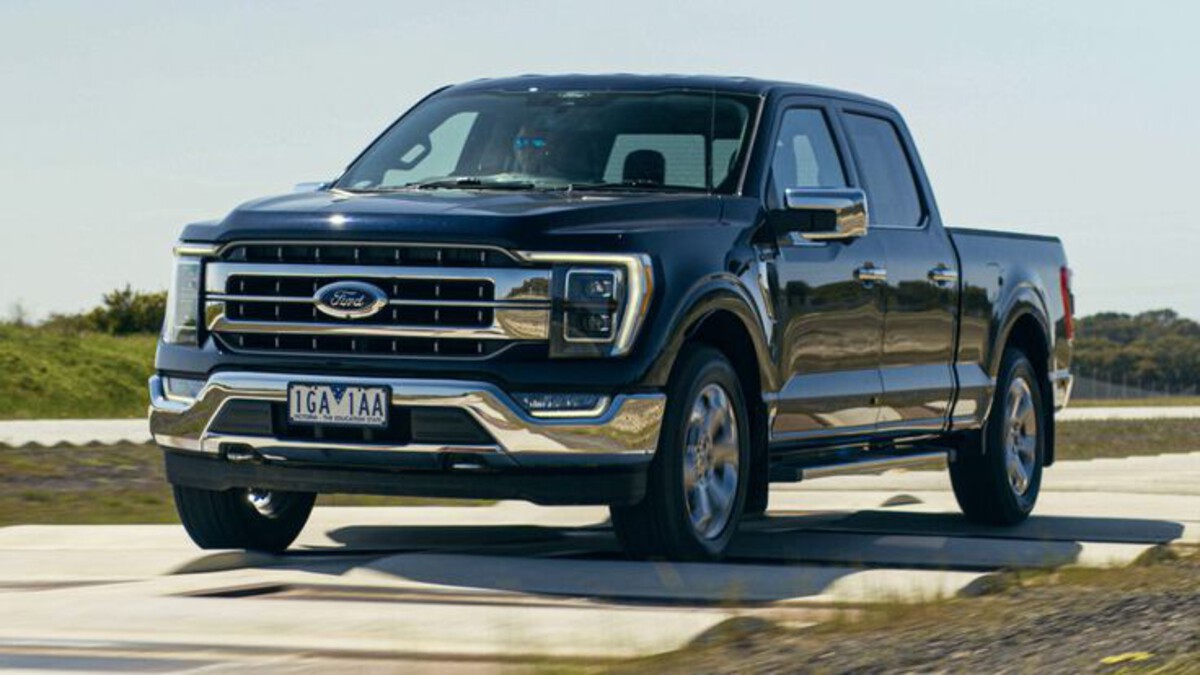
The vehicle’s fuel system includes multiple safeguards against extreme heat problems. The fuel pump is designed to maintain consistent pressure even when gasoline expands significantly in high temperatures, and the fuel tank includes sophisticated venting systems that prevent pressure buildup while minimizing fuel evaporation.
The fuel injection system includes advanced temperature compensation that adjusts fuel delivery based on fuel temperature and ambient conditions. In extreme cold conditions, the F-150’s performance demonstrates Ford’s commitment to all-weather capability.
The vehicle’s starting system is designed for extreme cold operation, with a high-torque starter and sophisticated battery management that ensures reliable starting even at -30°F.
The engine management system includes advanced cold-start protocols that adjust dozens of parameters simultaneously to ensure reliable starting and smooth operation in extreme cold.
The F-150’s transmission system includes sophisticated cold-weather programming that prevents damage from cold-weather operation while maintaining drivability.
The transmission fluid is specially formulated to maintain proper viscosity across extreme temperature ranges, and the transmission cooler doubles as a warmer in cold conditions to promote proper fluid circulation.
The vehicle’s electronic systems are built to commercial-grade standards, with components rated for extreme temperature operation. The engine management system includes sophisticated temperature monitoring and compensation that ensures reliable operation across the full temperature spectrum.
The vehicle’s construction quality ensures that all seals, gaskets, and temperature-sensitive components maintain their integrity in extreme temperatures.
Also Read: 5 SUVs That Keep the Kids Safe for Years and 5 That Constantly Break
5. Jeep Wrangler
The Jeep Wrangler embodies the spirit of go-anywhere capability, with engineering that prioritizes reliability and functionality in extreme conditions over luxury or refinement.
This vehicle’s ability to handle temperature extremes stems from its military heritage and Jeep’s commitment to building vehicles that work reliably in the most challenging environments.
In extreme heat, the Wrangler’s cooling system employs a straightforward but effective approach that emphasizes reliability over sophistication. The radiator is oversized relative to the engine’s requirements, providing a substantial cooling capacity margin.
The cooling fan system uses a robust mechanical fan that provides consistent airflow regardless of the electrical system status, ensuring cooling even if electronic systems fail in extreme heat.
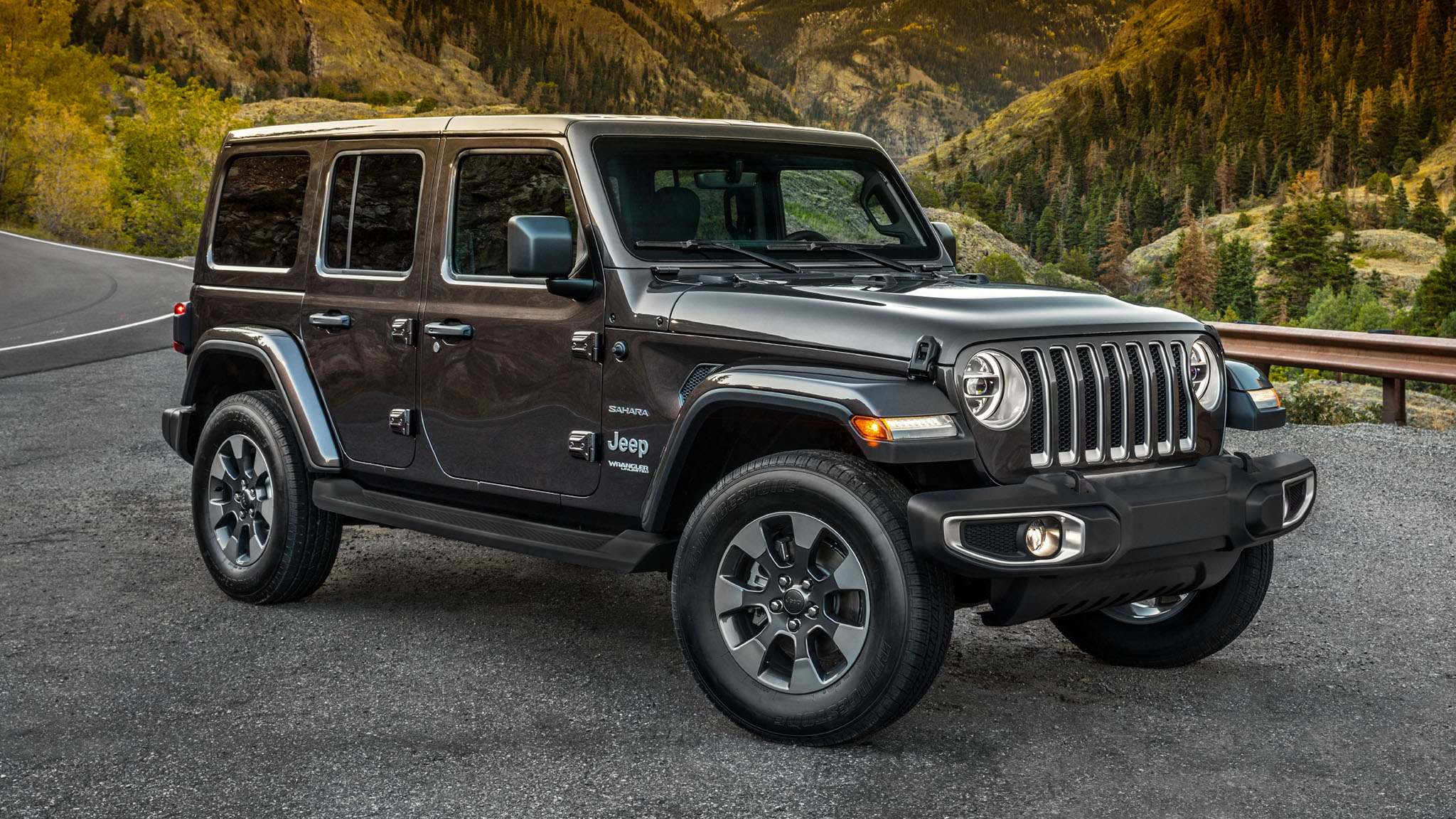
The Wrangler’s air conditioning system is designed for durability and reliability in extreme heat, using robust components that can withstand the thermal stress of extreme temperature operation.
The system includes sophisticated temperature control that maintains cooling performance even when ambient temperatures exceed 120°F, and the condenser is positioned to maximize airflow even during low-speed off-road operation.
The vehicle’s electronic systems are designed for extreme temperature operation, with components rated for automotive use in harsh environments.
The engine management system includes temperature monitoring and compensation that ensures reliable operation across extreme temperature ranges. The vehicle’s construction emphasizes durability and reliability, with components selected for their ability to function reliably in extreme conditions rather than maximum sophistication.
5 Cars That Struggle in Extreme Weather
These problematic vehicles demonstrate critical vulnerabilities to temperature extremes that cause catastrophic failures and expensive breakdown scenarios during both extreme heat and severe cold conditions.
Their compromised engineering includes inadequate thermal protection systems and components prone to temperature-related failure, creating dangerous reliability issues that strand owners in hazardous weather conditions.
From cooling systems that fail during summer heat waves to electrical components that cease functioning in winter cold, these unreliable automobiles generate extensive breakdown documentation and costly emergency repair bills.
Owners frequently report being stranded in extreme weather with these temperature-sensitive machines a reflection of design shortcuts and inadequate testing that prioritize manufacturing cost reduction over environmental durability and safety.
1. BMW 3 Series
The BMW 3 Series, while representing the pinnacle of German luxury performance engineering, reveals significant vulnerabilities when subjected to extreme temperature conditions.
This vehicle’s problems in extreme weather stem from its design philosophy, which prioritizes performance, luxury, and efficiency over the robust engineering required for extreme temperature operation.
In extreme heat conditions reaching 120°F, the 3 Series faces multiple challenges that can lead to complete system failure. The cooling system, while sophisticated, is optimized for European climate conditions and lacks the thermal capacity margin required for extreme heat operation.
The radiator, while advanced in design, is sized for maximum efficiency rather than maximum cooling capacity. When ambient temperatures exceed 100°F, the cooling system begins to struggle, and at 120°F, the system can become overwhelmed, leading to engine overheating and potential catastrophic failure.
The 3 Series’ air conditioning system, while capable of maintaining comfortable cabin temperatures in moderate heat, struggles significantly in extreme heat conditions.
The system’s compressor and condenser are sized for efficiency rather than maximum cooling capacity, and when ambient temperatures exceed 120°F, the system can fail to maintain adequate cooling.
The sophisticated electronic climate control system can become a liability in extreme heat, as its complex sensors and actuators are vulnerable to heat-related failure.
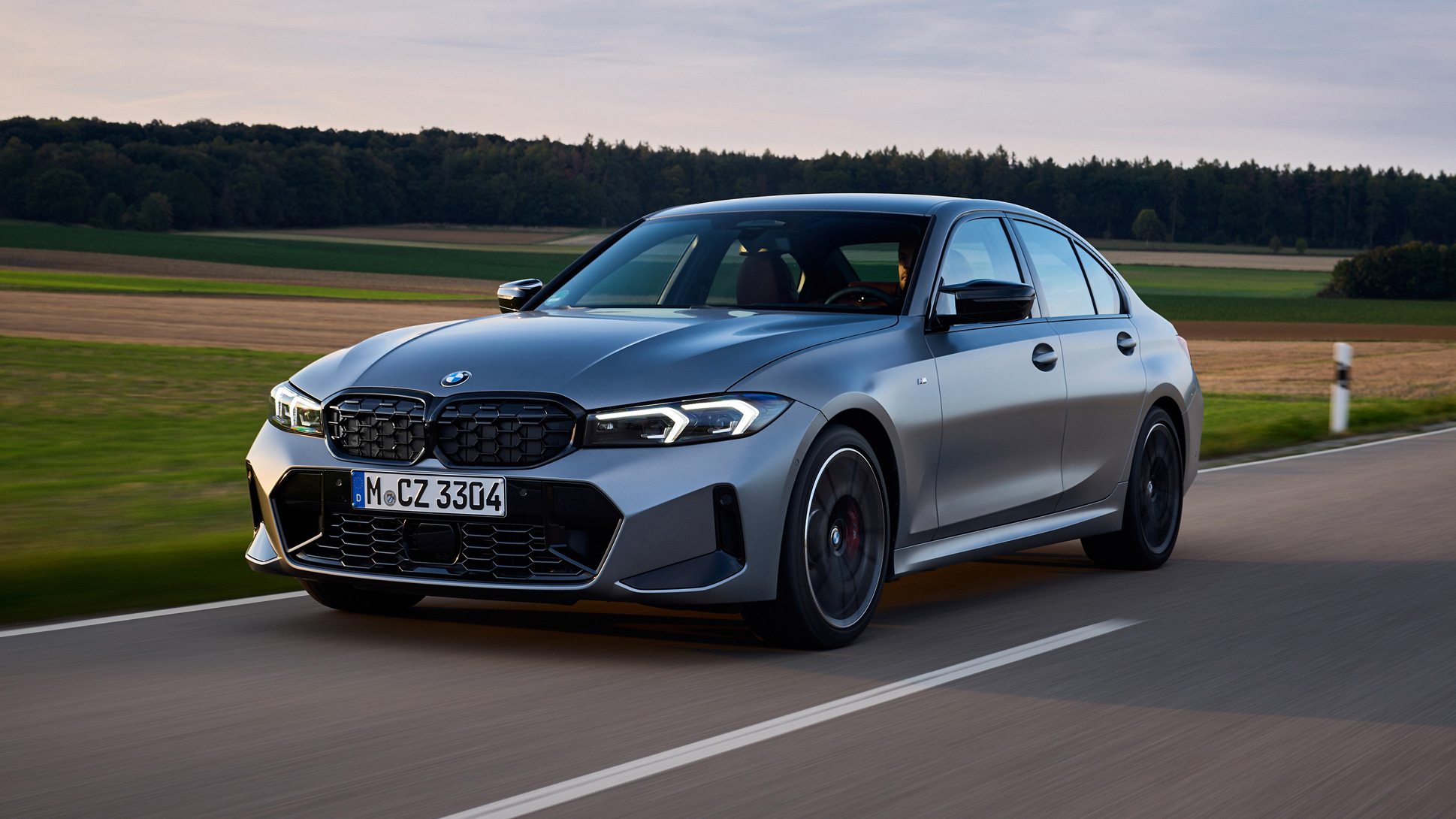
In extreme cold conditions reaching -30°F, the 3 Series faces equally serious challenges. The starting system, while sophisticated, lacks the robust components required for extreme cold operation.
The battery system, while advanced, can suffer from cold-weather capacity loss that prevents reliable starting. The engine management system, while precise, can struggle with cold-start conditions that are outside its normal operating parameters.
The 3 Series’ transmission system presents particular challenges in extreme cold. The sophisticated automatic transmission uses fluid formulations optimized for efficiency rather than extreme temperature operation.
In extreme cold, the transmission fluid can become too thick for proper operation, leading to poor shifting, transmission damage, or complete failure. The transmission control system can suffer from cold-weather sensor failures that affect shifting performance.
The vehicle’s electronic systems are particularly vulnerable to extreme cold. The sophisticated engine management system can suffer from cold-weather sensor failures that affect engine performance.
The climate control system, while advanced, can struggle to provide adequate heating in extreme cold conditions. The vehicle’s numerous electronic systems can suffer from cold-weather component failures that affect reliability and drivability.
2. Audi A4
The Audi A4 represents sophisticated German engineering focused on luxury, performance, and efficiency, but these priorities can create significant vulnerabilities when the vehicle is subjected to extreme temperature conditions.
The A4’s problems in extreme weather stem from its complex systems and optimization for moderate climate operation rather than extreme condition reliability.
In extreme heat conditions reaching 120°F, the A4’s sophisticated cooling system becomes a liability rather than an asset. The cooling system employs multiple temperature sensors, electronic thermostats, and variable-speed cooling fans that are designed for precise temperature control under normal conditions.
However, when ambient temperatures exceed the system’s design parameters, these sophisticated components can fail in cascade fashion, leading to complete cooling system failure and catastrophic engine damage.
The A4’s turbocharged engine, while providing excellent performance and efficiency under normal conditions, becomes particularly vulnerable in extreme heat.
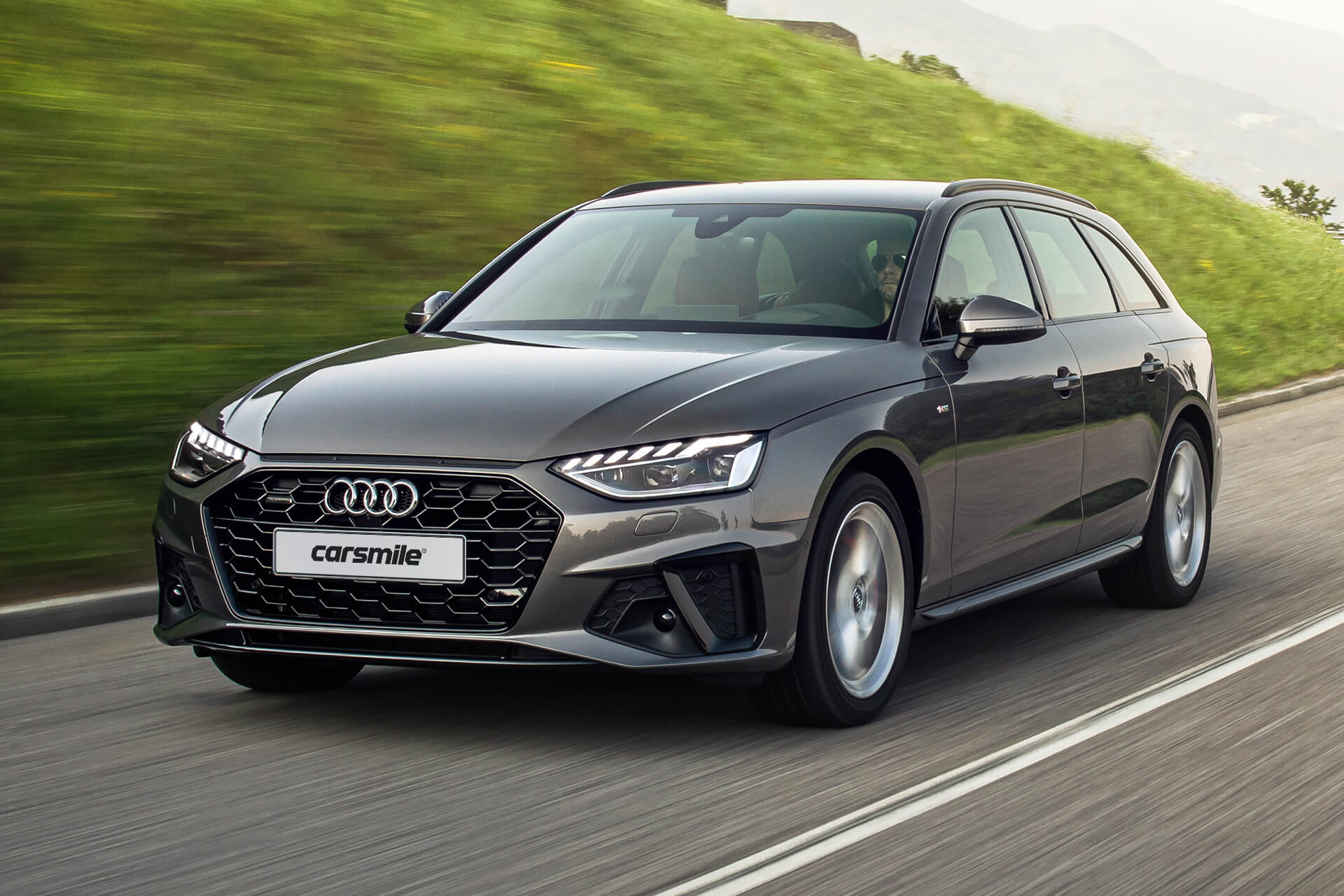
The turbocharger generates significant additional heat, and the intercooler system, while sophisticated, may not provide adequate cooling when ambient temperatures approach 120°F.
The engine management system, while advanced, may not provide adequate protection against heat-related damage, particularly when the vehicle is operated under load in extreme heat conditions.
In extreme cold conditions reaching -30°F, the A4’s sophisticated systems become equally problematic. The starting system, while advanced, relies on numerous sensors and electronic components that can fail in extreme cold.
The battery management system, while sophisticated, may not provide adequate protection against cold-weather capacity loss. The engine management system, optimized for efficiency, may struggle with cold-start conditions that require rich fuel mixtures and extended warm-up periods.
The A4’s transmission system presents particular challenges in extreme cold. The sophisticated continuously variable transmission or advanced automatic transmission systems use fluid formulations and electronic controls optimized for normal temperature operation.
In extreme cold, these systems can suffer from fluid thickening, sensor failures, or control system problems that affect drivability or cause complete transmission failure.
The vehicle’s numerous electronic systems, while providing excellent functionality under normal conditions, become liabilities in extreme cold. The sophisticated infotainment system, climate control system, and engine management system all rely on components that can fail in extreme cold.
The vehicle’s numerous comfort and convenience features can suffer from cold-weather failures that affect not just comfort but also critical vehicle systems.
3. Nissan Altima
The Nissan Altima represents mainstream automotive engineering focused on efficiency, value, and comfort, but these priorities can create significant vulnerabilities when the vehicle faces extreme temperature conditions.
The Altima’s problems in extreme weather stem from its optimization for normal driving conditions and cost-conscious engineering that may not provide adequate margins for extreme condition operation.
In extreme heat conditions reaching 120°F, the Altima’s cooling system reveals its limitations. The radiator, while adequate for normal operation, lacks the thermal capacity margin required for extreme heat conditions.
The cooling fan system, while functional, may not provide adequate airflow for extreme heat operation, particularly during low-speed or idling conditions. The engine management system, while competent, may not provide adequate protection against heat-related damage when the vehicle is operated under load in extreme heat.
The Altima’s air conditioning system, while capable of maintaining comfortable cabin temperatures under normal conditions, struggles significantly in extreme heat.
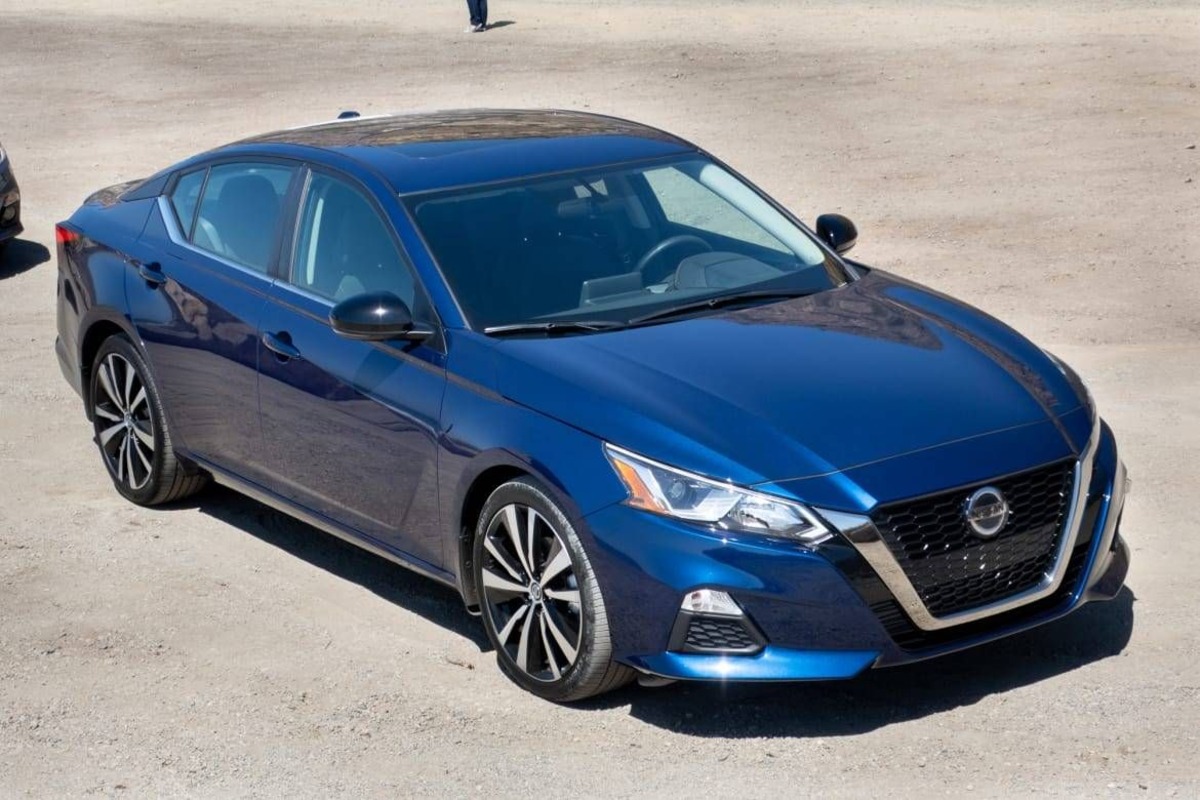
The system’s compressor and condenser are sized for cost-effectiveness rather than maximum cooling capacity, and when ambient temperatures exceed 120°F, the system can fail to maintain adequate cooling. The system’s refrigerant management can struggle with the extreme pressure conditions created by excessive ambient temperatures.
The Altima’s continuously variable transmission (CVT) presents particular challenges in extreme heat. The CVT system, while providing good fuel economy under normal conditions, can suffer from heat-related failures when operated in extreme heat conditions.
The transmission fluid, while adequate for normal operation, can break down in extreme heat, leading to transmission damage or complete failure. The transmission cooling system, while present, may not provide adequate cooling for extreme heat operation.
The vehicle’s electronic systems, while adequate for normal operation, can become problematic in extreme cold. The engine management system can suffer from cold-weather sensor failures that affect engine performance.
The climate control system can struggle to provide adequate heating in extreme cold conditions. The vehicle’s numerous electronic systems can suffer from cold-weather component failures that affect reliability and drivability.
4. Honda Civic
The Honda Civic represents efficient, reliable transportation engineering, but its optimization for fuel economy and cost-effectiveness can create vulnerabilities when subjected to extreme temperature conditions.
The Civic’s problems in extreme weather stem from its engineering philosophy that prioritizes efficiency and value over the robust systems required for extreme condition operation. In extreme heat conditions reaching 120°F, the Civic’s cooling system reveals its limitations.
The radiator, while efficient, is sized for optimal fuel economy rather than maximum cooling capacity. When ambient temperatures exceed 100°F, the cooling system begins to struggle, and at 120°F, the system can become overwhelmed, leading to engine overheating.
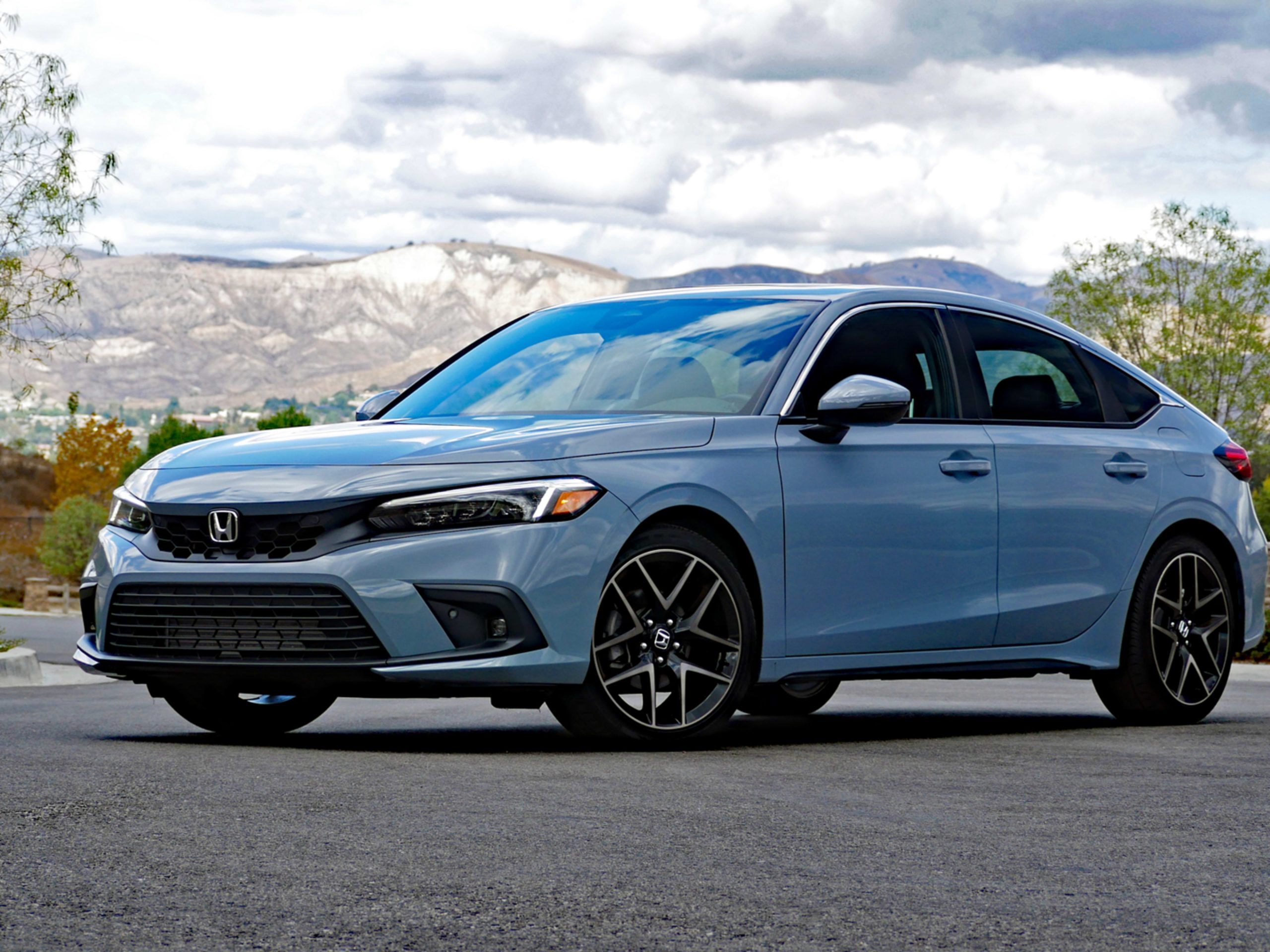
The cooling fan system, while functional, may not provide adequate airflow for extreme heat operation, particularly during extended idling or low-speed operation.
The Civic’s transmission system presents particular challenges in extreme cold. The transmission fluid can become too thick for proper operation in extreme cold, leading to poor shifting performance or transmission damage.
The transmission control system can suffer from cold-weather sensor failures that affect transmission operation. The transmission warming system may not provide adequate warming for extreme cold operation.
The vehicle’s electronic systems, while generally reliable, can become problematic in extreme cold. The engine management system can suffer from cold-weather sensor failures that affect engine performance and emissions.
The climate control system can struggle to provide adequate heating in extreme cold conditions. The vehicle’s electronic systems can suffer from cold-weather component failures that affect reliability and drivability.
5. Volkswagen Jetta
The Volkswagen Jetta represents European engineering adapted for global markets, but its complex systems and optimization for moderate climate operation can create significant vulnerabilities when subjected to extreme temperature conditions.
The Jetta’s problems in extreme weather stem from its sophisticated systems that may not provide adequate reliability margins for extreme condition operation.
In extreme heat conditions reaching 120°F, the Jetta’s cooling system reveals its vulnerabilities. The cooling system, while sophisticated, employs multiple sensors, electronic thermostats, and variable-speed cooling fans that are designed for precise temperature control under normal conditions.
However, when ambient temperatures exceed the system’s design parameters, these sophisticated components can fail, leading to cooling system failure and potential engine damage.
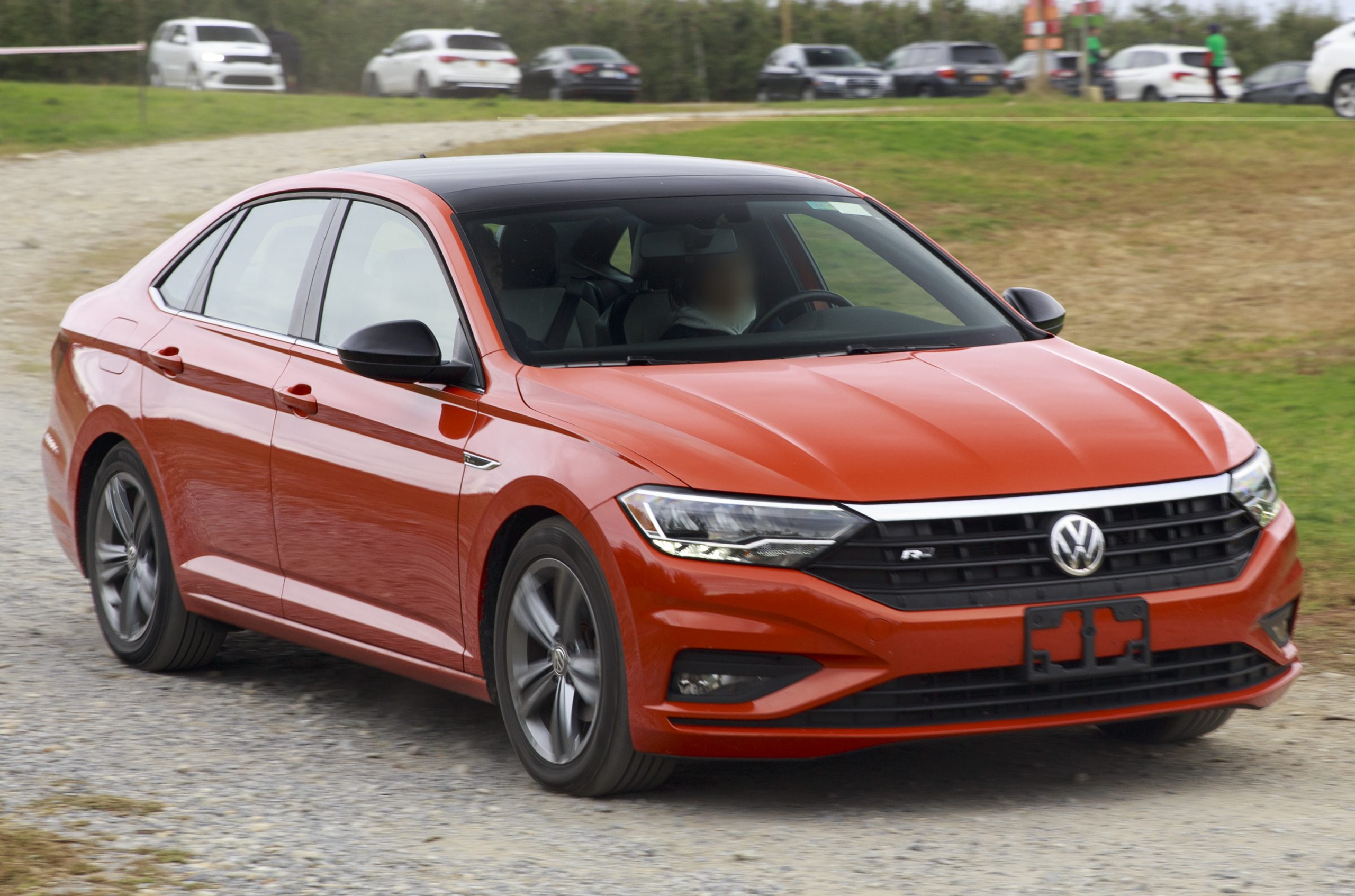
The Jetta’s fuel system presents multiple vulnerabilities in extreme heat. The sophisticated fuel injection system can suffer from fuel quality degradation in extreme heat, which affects performance and emissions.
The fuel pump can suffer from heat-related failure when fuel temperatures become excessive. The fuel tank construction can allow significant fuel evaporation in extreme heat, leading to emissions problems and potential fuel system contamination.
The vehicle’s numerous electronic systems, while providing excellent functionality under normal conditions, become liabilities in extreme cold. The sophisticated infotainment system, climate control system, and engine management system all rely on components that can fail in extreme cold.
The vehicle’s numerous comfort and convenience features can suffer from cold-weather failures that affect not just comfort but also critical vehicle systems.
Also Read: 5 High-Mileage Cars Still on the Road and 5 You Never See Past 80k

